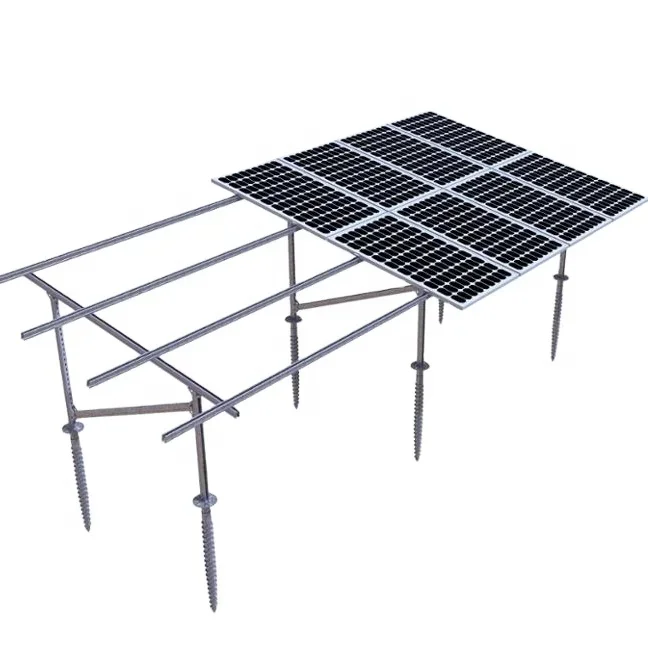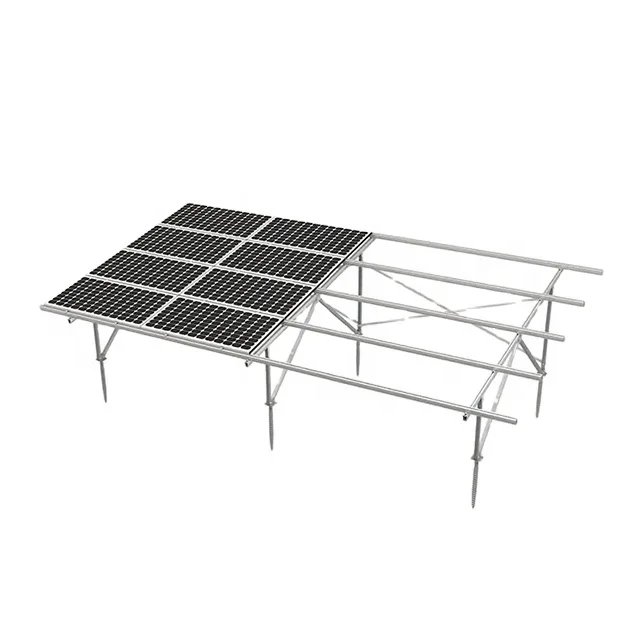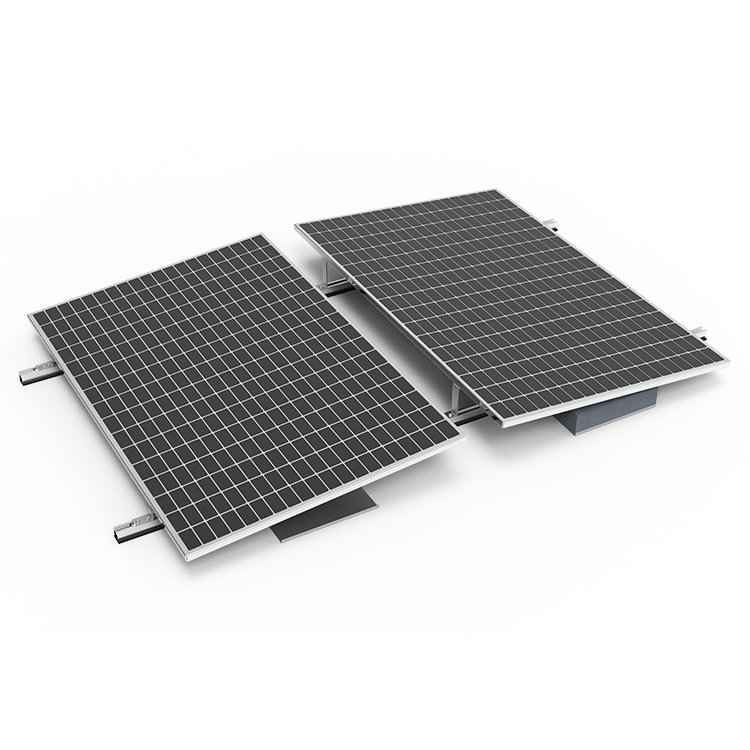-
2103 Room NO.322 Xinggang One Road,Haicang District,Xiamen Fujian,Kina

Sådan forebygger du brande i solkraftværker
Table of Contents
Main Components of a Photovoltaic Power Station
A photovoltaic (PV) power station consists of several key components, each playing a critical role in generating and managing solar energy:
- Photovoltaic Modules (Solar Panels): These convert solar energy into direct current (DC) electricity, and are the core of the solar system.
- Solar Mounting System: This structure is used to support and secure the photovoltaic modules, ensuring they are positioned at the optimal angle and orientation to maximize energy generation efficiency.
- For example, the Solcelle-monteringssystem på jorden and the C – Steel Ground Mount – Screw Pile Foundation are commonly used for securing the panels in various types of installations, ensuring durability and optimal panel orientation.

- Inverters: These convert DC electricity into alternating current (AC) electricity for use in the grid or direct consumption.
- Combiner Boxes: These consolidate multiple DC outputs from solar panels into one, improving system reliability and maintainability.
- Distribution Panels: These distribute electrical power to various devices or feed the grid, ensuring electrical safety.
- Cables and Connectors: These transmit electrical power and signals, ensuring connectivity between modules, inverters, and other components.
- Monitoring Systems: These track the operational status of the system, ensuring that faults are detected and addressed quickly.
- Lightning and Grounding Equipment: These protect the system from lightning strikes, preventing electrical failures or fires.
Given the large investments in PV power stations, fire prevention is essential, as fires not only damage equipment but can also pose serious risks to human safety.
Causes of Fires in Photovoltaic Power Stations
Fires in solar power stations may arise from several causes:
Electrical Failures:
- Loose Connections: Worn or improperly tightened electrical connections can lead to overheating.
- Short Circuits: Damaged insulation or exposed conductors can create shorts that lead to fire hazards.
- Overloading: Exceeding the rated capacity of electrical components can generate excessive heat.
Component Failures:
- Hot Spot Effect: Overheated areas in photovoltaic modules can cause thermal damage.
- Inverter Failures: Faulty components or poor design can result in overheating.
External Factors:
- Lightning Strikes: These can cause electrical surges or damage equipment, potentially sparking fires.
- Combustible Materials: Nearby flammable materials may catch fire from electrical faults.
Fire Prevention Measures
Electrical Fault Prevention:
- Reliable Electrical Connections: Use high-quality connectors and cables. Regularly inspect and maintain connections to prevent loosening or oxidation.
- Short Circuit Protection: Install fuses and circuit breakers to prevent short circuits. Ensure cables are insulated to prevent damage.
- Overload Protection: Install devices that protect against overloading and ensure components operate within their rated capacity.
Component Failure Prevention:
- Regular Inspections: Use infrared thermography to monitor solar panels for hot spots. Regularly maintain inverters and check their cooling systems.
- High-Quality Components: Select certified, high-quality solar panels and inverters to ensure long-term reliability.
External Factor Prevention:
- Lightning Protection: Install lightning rods and surge protectors, ensuring the grounding system is effective. Design systems with lightning protection in mind to reduce risks.
- Clearing Surroundings: Regularly remove combustible materials around the power station. Implement firebreaks to prevent fire spread.
- Fire Detection and Suppression: Install smoke detectors and temperature sensors in critical areas. Use automatic fire suppression systems like gas extinguishers or sprinklers.
Comprehensive Management Measures:
- Monitoring Systems: Install real-time monitoring systems to track the operational status of the power station. Use AI and data analysis for predictive maintenance and fault detection.
- Staff Training: Regularly train operational staff in fire safety protocols and conduct emergency drills to ensure preparedness.
By managing fire risks through careful attention to equipment design, monitoring, regular inspections, and environmental considerations, the risk of fire in solar power stations can be significantly minimized, ensuring safe and efficient operation.
For more details on solar mounting systems and preventive measures, visit these links:

Additionally, the Flydende solcelle-monteringssystem is another option, especially in water bodies where land is limited. This system is designed to be secure, stable, and optimized for water-based installations, offering a unique solution for solar energy generation.









